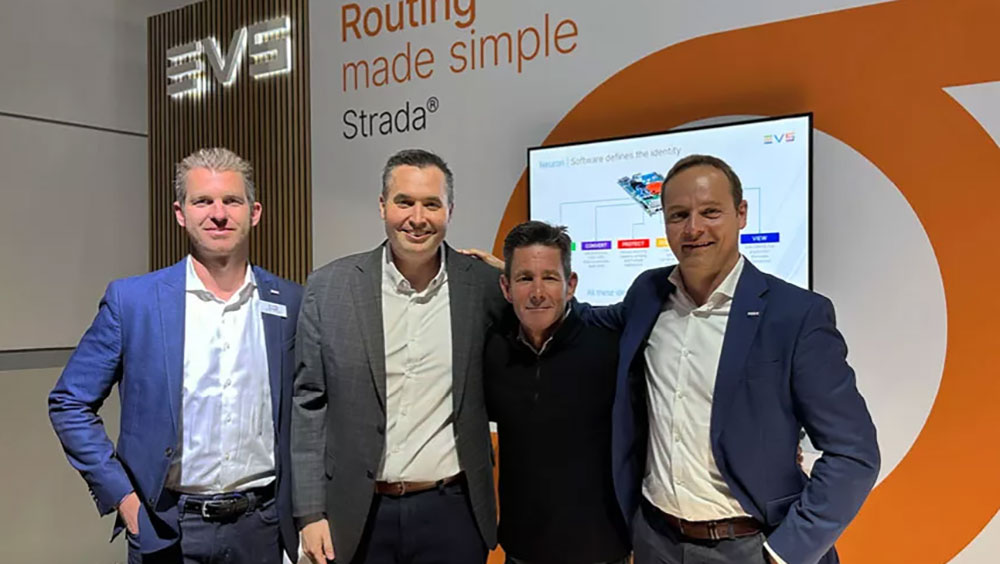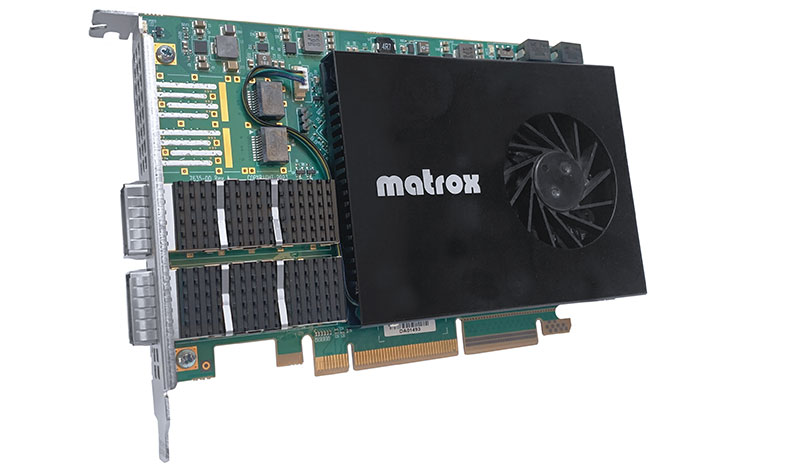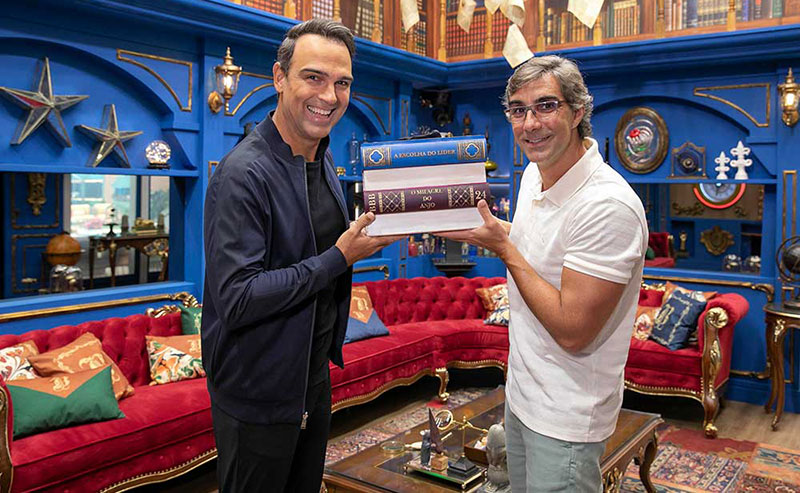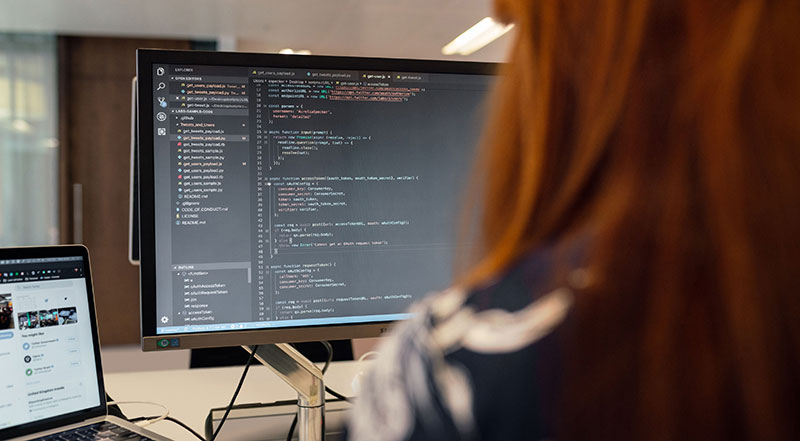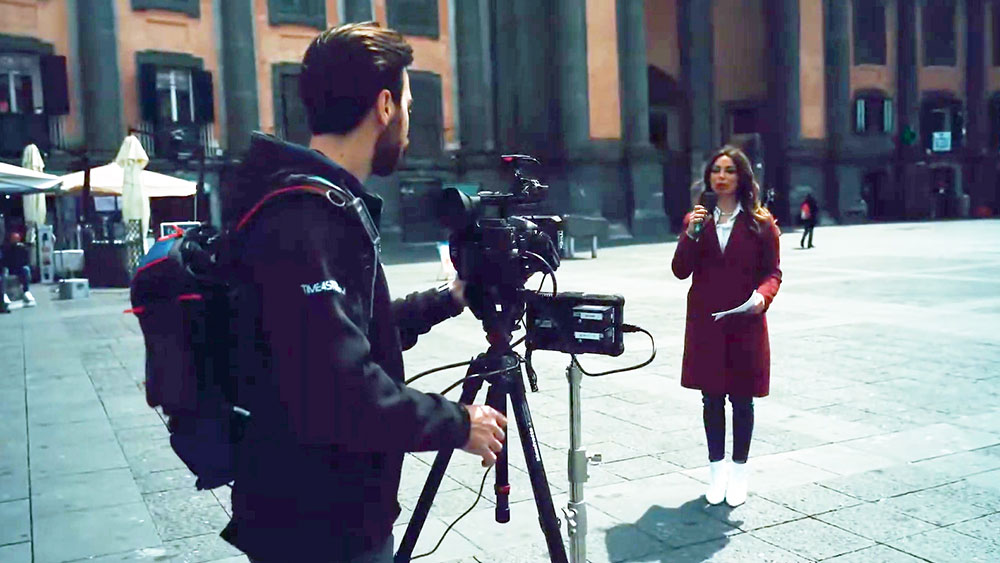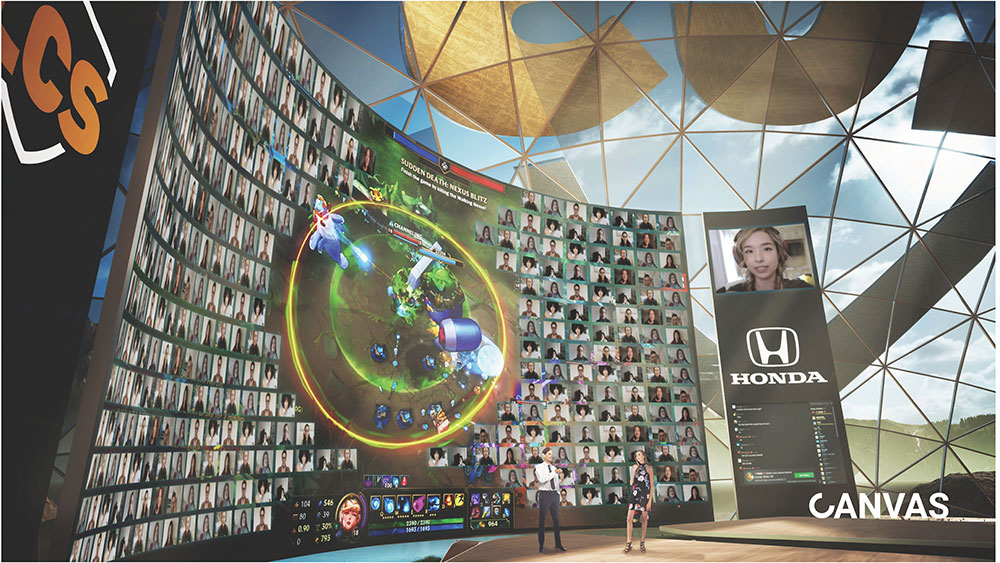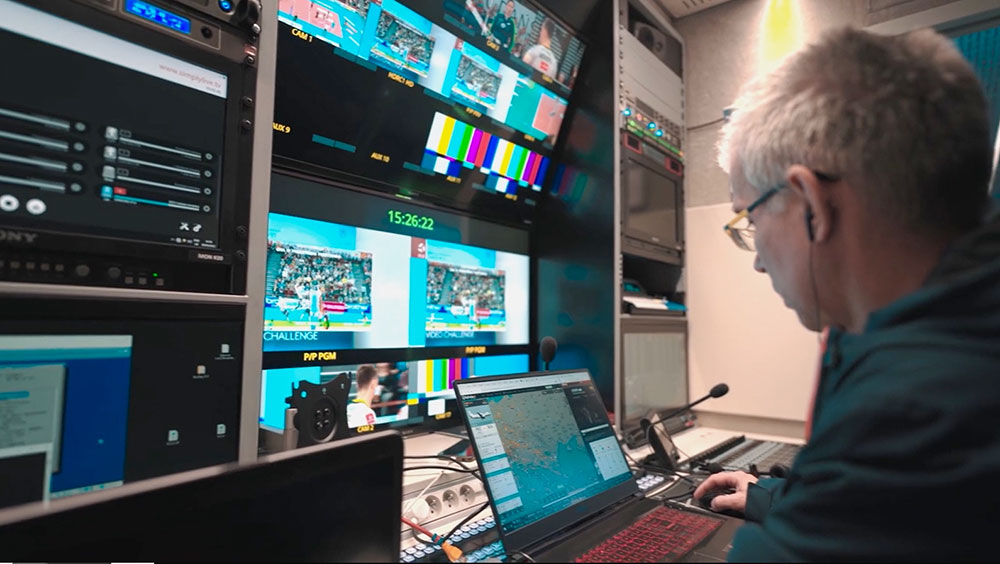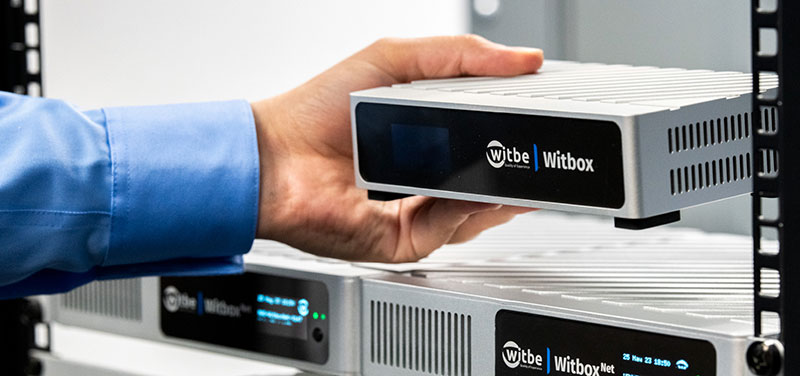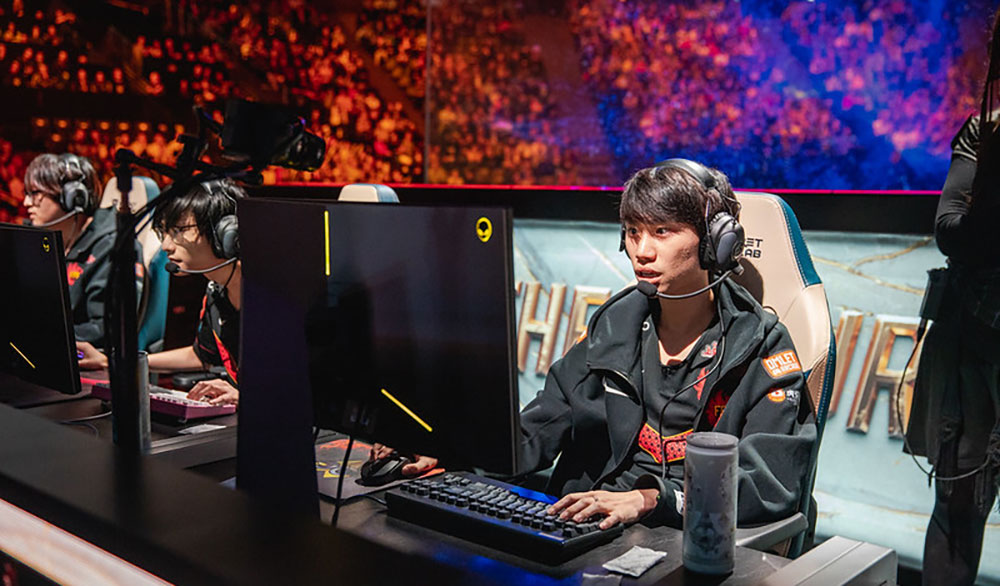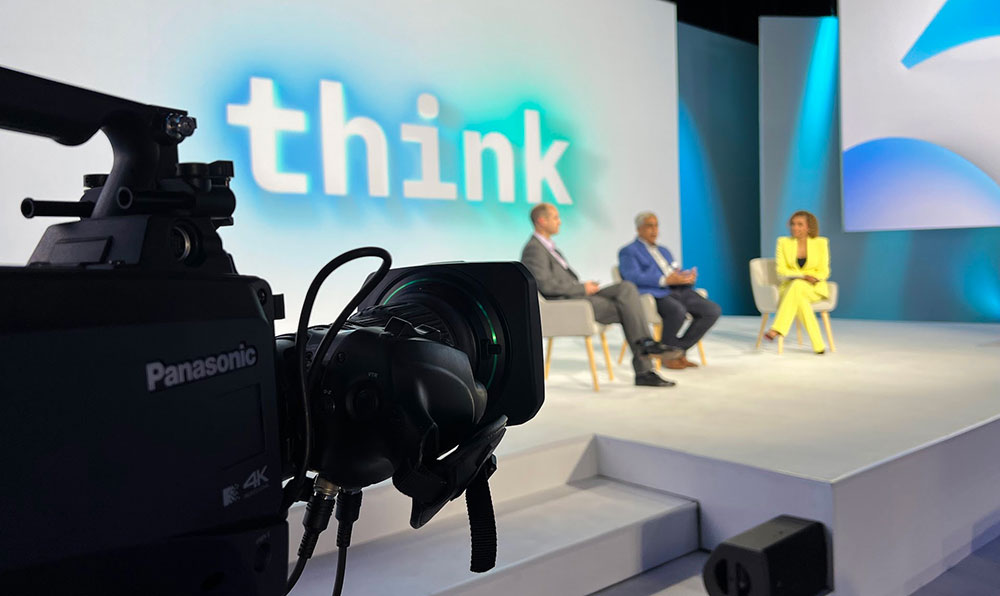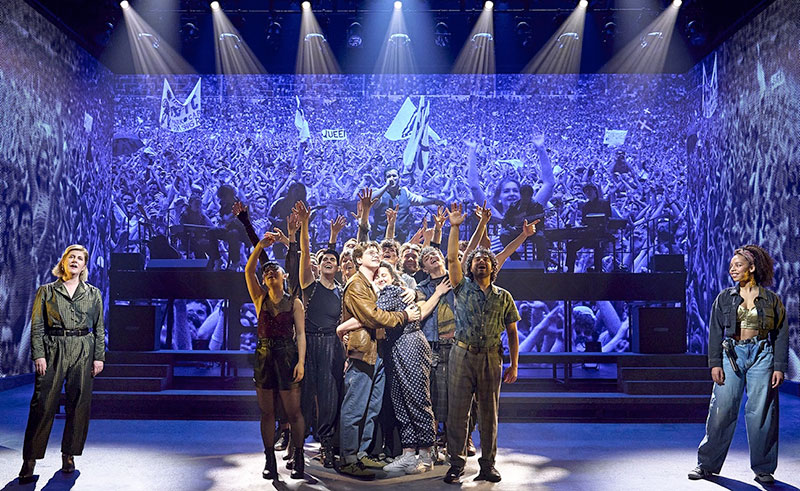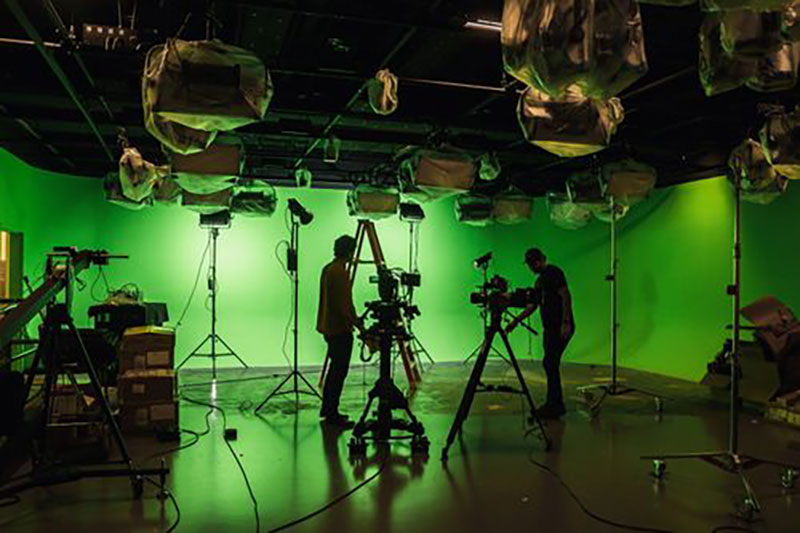DoP Mihai Malaimare uses the AJA V2Digital analogue-to-HD/SD-SDI digital video converter to integrate classic cameras and their looks into digital workflows to enhance visual storytelling.
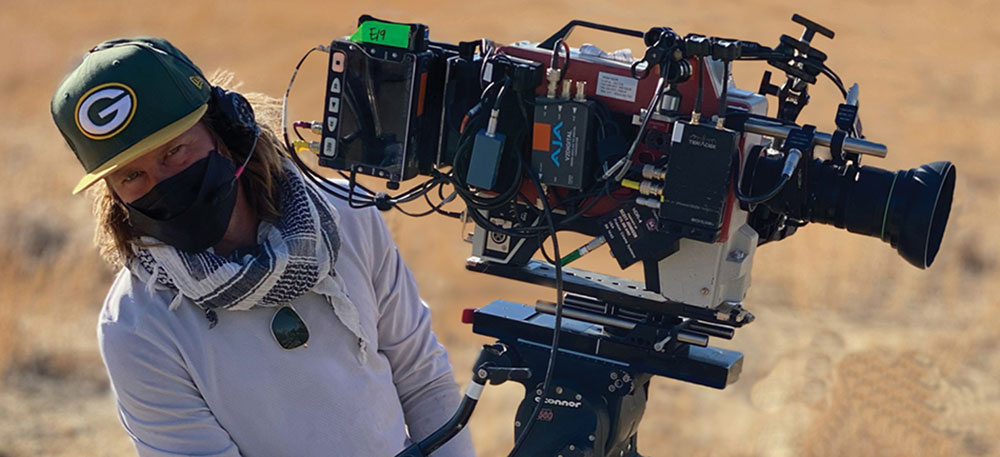
DoP Mihai Malaimare (ASC)
While digital imaging innovation continues to increase the resolution, quality and precision of video formats, cinematographers and filmmakers are still drawn to the looks and imperfections that classic analogue cameras can produce. Those looks can’t be easily replicated digitally, nor should they be overlooked, considering the nostalgia and charm they evoke in audiences.
The image capabilities of modern digital cinema cameras are at their best when capturing 4K/UltraHD HDR video, but some DoPs opt for classic video cameras to create a highly stylised look, establish a time period or tone, or enhance visual storytelling.
Telling Stories
Mihai Malaimare (ASC) is one of these DoPs, and likes to use his skills in cinematography to convey the stories of his projects. He first devised a process for integrating classic cameras into a fully digital workflow for the 2017 crime drama ‘November Criminals’. Capturing the film’s opening sequence with a VHS-C camcorder presented a range of challenges.
Although the sequence was filmed analogue, the footage needed to be recorded digitally for dailies, and directly integrated into the production workflow. Furthermore, a video signal of the analogue footage had to be routed to monitors on set for live review by the director and crew members.
![]()
Configuration can be set onsite with the V2Digital’s DIP switches, or remotely using AJA MiniConfig software control over USB.
Using a single cable hidden on the back of the camcorder, Mihai routed the VHS-C signal to an AJA V2Digital analogue-to-HD/SD-SDI digital video converter. Once the camera output was converted from analogue to digital, the signal was recorded in 1080 24p and routed to a transmitter and the director’s monitor for live on set viewing. The voltage capabilities of the V2Digital meant the crew could run the converter using a battery, with enough power for half the day.
Mihai said, “I ran a test of the workflow, and everything was perfectly in sync. Later on, the post-production team was amazed – there’s no way you can replicate the look of a VHS-C without a workflow like this. Manipulation in post with filters won’t create the same artefacts, light streaks or look of the lens. Nailing this workflow to capture it in camera was critical.”
Conversion Options
V2Digital converts component (stored as three separate signals) or composite (single-cable) analogue video to SDI at either SD or HD resolution, using a full 10-bit data path and 2x oversampling to optimise the quality of the conversion. V2Digital accepts YPbPr (SMPTE, EBU-N10) colour space, Betacam or RGB component inputs. It also accepts NTSC/PAL or Y/C (S-Video) composite inputs, with a 4-line Adaptive Comb Filter delivering high-quality decoding of composite sources. Configuration can be set onsite with the unit’s DIP switches, or remotely using AJA MiniConfig software control over USB.
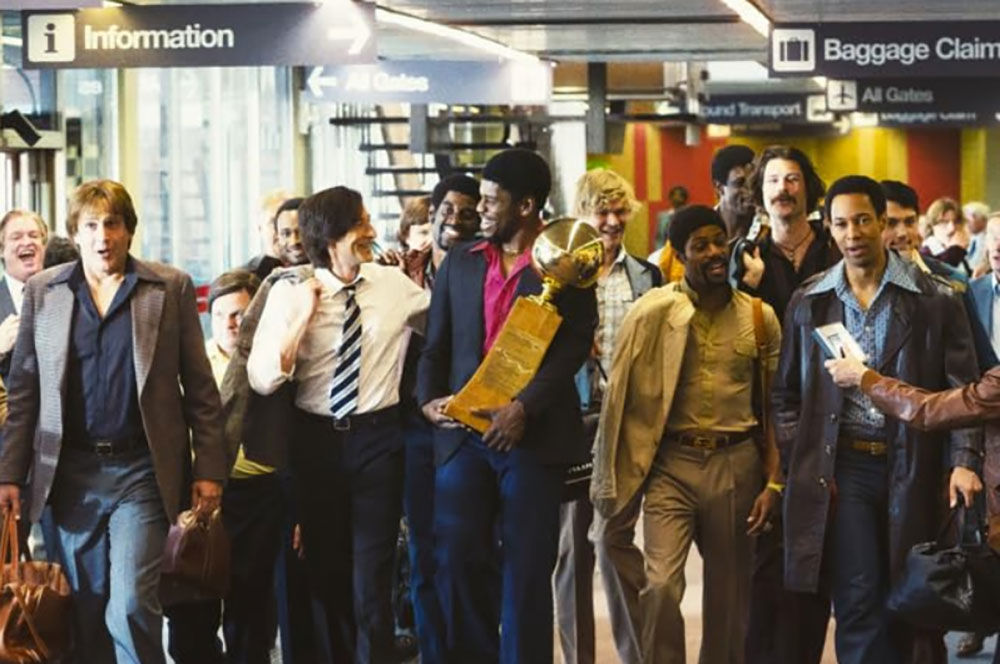
For the 2022 sports drama ‘Winning Time: The Rise of the Lakers Dynasty’, Mihai and Cinematographer Todd Banhazl (ASC) set up a production workflow similar to the 2017 set-up to create an authentic look for the video recalling the 1980s. A V2Digital converter remained at the centre of the workflow, and they shot on analogue Ikegami cameras using old lenses. Panavision supplied cages that worked with modern accessories, like remote focus.
For sequences shot with analogue cameras, Mihai and Todd Banhazl recorded interlaced video (like most TV content) to double the perceived frame rate without using additional bandwidth. Mihai said, “Although modern lenses capture superior visual quality, the imperfections you get from filming with older cameras offer such a distinct look you just can’t recreate with all the modern technology in the world.” www.aja.com







